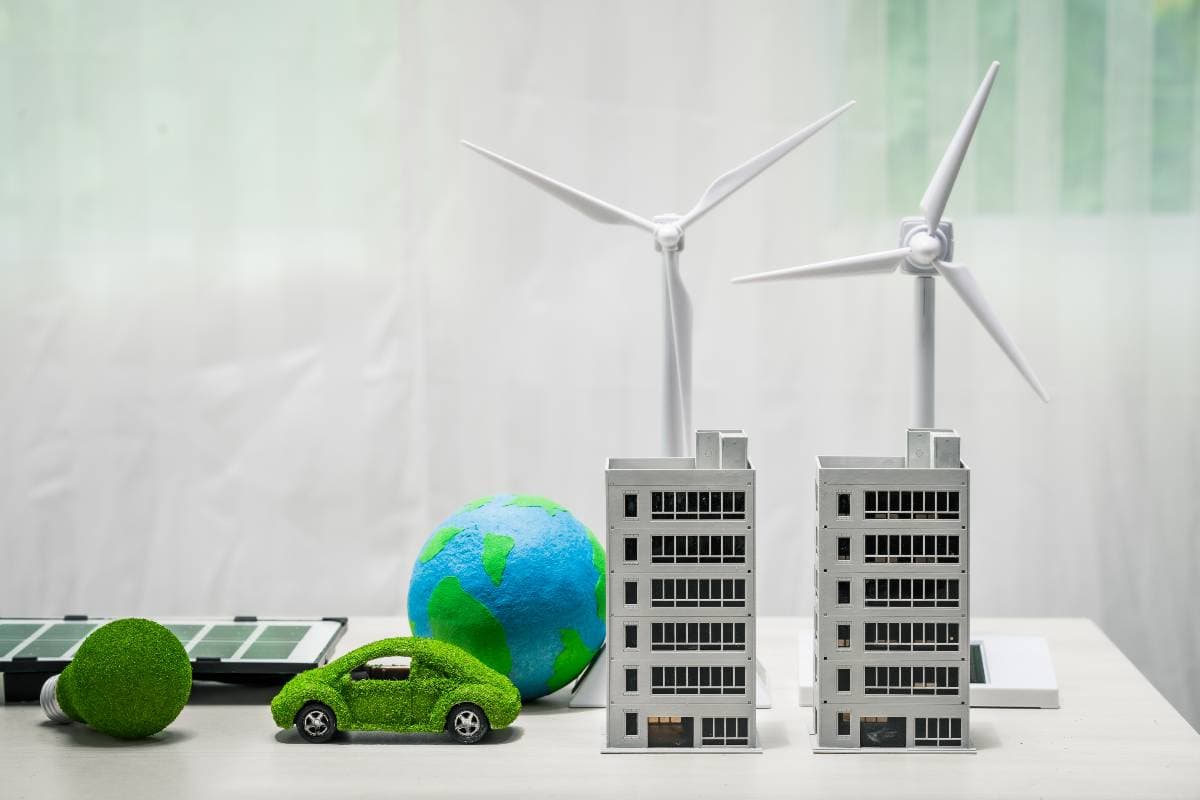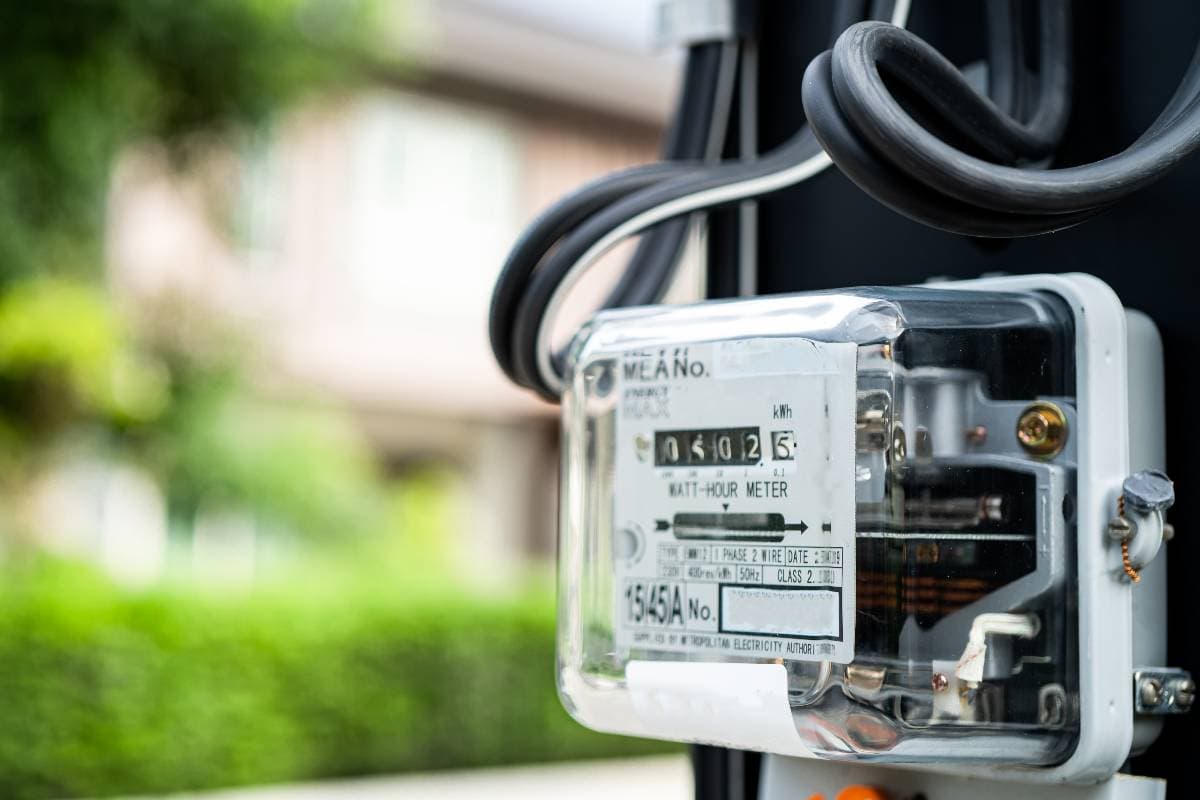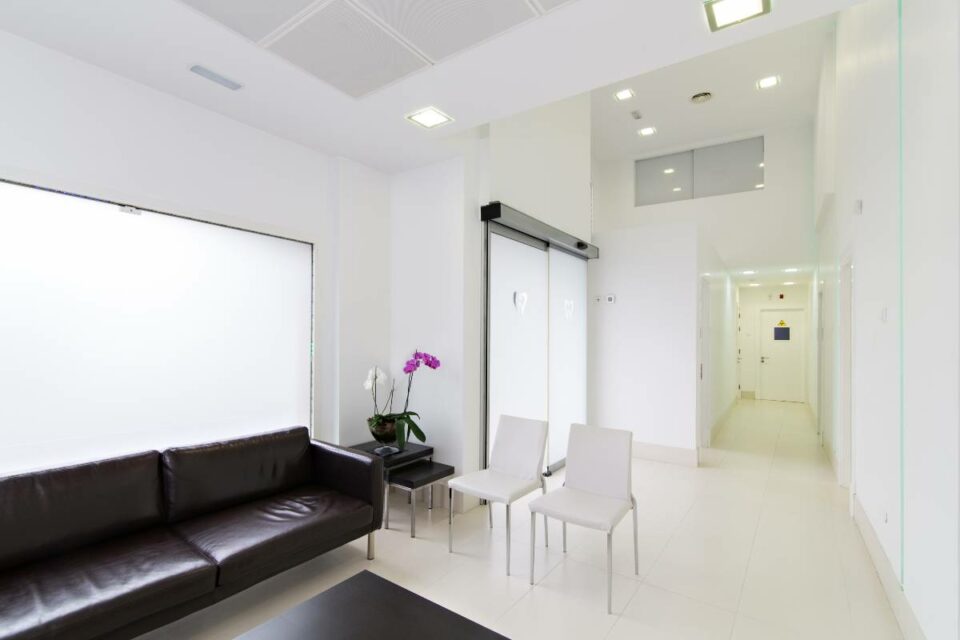As a commercial real estate veteran, I’ve seen my fair share of eye-watering energy bills. Trust me, nothing makes a business owner’s heart sink faster than seeing those monthly AC costs skyrocket, especially during those scorching summer months. But fear not, fellow entrepreneurs and property managers! I’m here to share some insider tips on how to keep your cool without breaking the bank.
In my 18 years of experience, I’ve learned that reducing AC costs in commercial buildings isn’t just about pinching pennies – it’s about smart business and sustainability. We’re going to dive into everything from high-tech solutions to simple behavioral changes that can make a world of difference. So, grab a cold drink, crank up that AC (for the last time), and let’s explore how to slash those cooling costs!
Key Takeaways
- Implementing energy-efficient HVAC systems can significantly reduce operational costs
- Employee engagement and education play a crucial role in maintaining energy savings
- Combining technological upgrades with strategic operational changes yields the best results
Table of Contents
Understanding Your Commercial HVAC System
Before we start talking about savings, let’s get to know the beast we’re trying to tame. Commercial HVAC systems are the unsung heroes of our workspaces, quietly keeping us comfortable while we focus on business. But not all heroes are created equal.
There are several types of commercial AC systems:
- Rooftop units: Perfect for larger spaces
- Split systems: Ideal for smaller offices
- VRF (Variable Refrigerant Flow) systems: The new kid on the block, offering superior efficiency
Each system has its own set of components, but the key players are always the compressor, condenser, and evaporator. These work together in a beautiful dance of thermodynamics to keep your space cool.
Here’s the thing: your HVAC system can take up to 40% of your building’s energy consumption. That’s a big slice of your energy bill pie! Understanding this is the first step in our cost-cutting journey.
Energy-Efficient HVAC Equipment
Now, let’s talk upgrades. Investing in energy-efficient HVAC equipment is like trading in your gas-guzzling clunker for a sleek hybrid – it might hurt a bit upfront, but boy, does it pay off in the long run.
When shopping for new equipment, keep an eye out for the Energy Star certification. It’s like the Good Housekeeping Seal of Approval but for energy efficiency. These systems can cut your cooling costs by up to 30%!
But here’s a pro tip: size matters. An oversized system is like buying a monster truck for your grocery runs – overkill and inefficient. Work with a professional to ensure your system is just right for your space. Trust me, Goldilocks had the right idea!
Optimizing HVAC Operations
Alright, you’ve got your shiny new system (or maybe you’re working with what you’ve got). Now it’s time to make it sing. Optimizing your HVAC operations is where the rubber meets the road in reducing energy consumption.
First up: programmable thermostats. These little wizards can adjust temperatures automatically based on your business hours. No more cooling an empty office!
Next, consider zoned heating and cooling. Why cool the conference room when everyone’s out to lunch? With zoning, you can target specific areas, saving energy and money.
Don’t forget about airflow management. Proper air circulation is key to efficiency. Custom dampers can help direct air where it’s needed most.
Lastly, regular maintenance is crucial. It’s like going to the dentist – not always fun, but necessary to prevent bigger problems down the line. Change those air filters regularly and schedule annual check-ups with your HVAC technician.
Building Envelope Improvements
Now, let’s talk about keeping that precious cool air where it belongs – inside your building. Improving your building envelope is like giving your property a cozy sweater, except in this case, it’s keeping the cool in and the heat out.
Start with insulation. Good insulation is like a force field against heat transfer. Check your walls, ceilings, and especially that often-neglected attic space.
Next, hunt down those sneaky air leaks. They’re the silent assassins of energy efficiency. Common culprits include:
- Windows and doors
- Electrical outlets
- Ductwork
Seal them up with caulking and weather stripping. It’s a small job that can lead to big savings.
Finally, consider your roof. A cool roof with reflective materials can significantly reduce heat absorption. It’s like putting a giant sun hat on your building!

Leveraging Natural Climate Control
Mother Nature can be a fantastic ally in our quest for energy efficiency. Let’s talk about how to work with her, not against her.
First up: shading. Strategic placement of trees or awnings can block out the sun’s harsh rays. It’s like giving your building a nice, cool umbrella drink.
Next, harness the power of natural ventilation. Opening windows during cooler hours can give your AC a well-deserved break. Just remember to close up shop before the heat of the day sets in.
Lastly, consider your building orientation. While you can’t rotate your existing building (wouldn’t that be something?), understanding how the sun interacts with your space can help you make smarter decisions about window treatments and room usage.
Advanced Energy-Saving Technologies
Welcome to the future of energy management! These advanced technologies are like having a team of efficiency experts working 24/7.
Solar panels are becoming increasingly popular and for good reason. They’re like planting money trees on your roof, harvesting free energy from the sun.
Energy management systems are the brainiacs of the operation. They can analyze your energy use patterns and make real-time adjustments for optimal efficiency.
And don’t forget about occupancy sensors. They ensure lights and AC aren’t wasting energy in empty rooms. It’s like having a really diligent intern who never forgets to turn off the lights.
Employee Engagement and Education
Here’s a secret: the most sophisticated system in the world is no match for human behavior. That’s why employee engagement is crucial in your energy-saving mission.
Start by creating an energy-conscious workplace culture. This could involve:
- Regular training sessions on energy-saving practices
- Friendly competitions for the most energy-efficient department
- Recognition for employees who go above and beyond in saving energy
Remember, people are more likely to participate if they understand the ‘why’ behind these initiatives. Share the impact of energy savings on both the environment and the company’s bottom line.
ISeasonal Strategies for Year-Round Efficiency
Just as you wouldn’t wear a parka in July, your energy-saving strategies should change with the seasons.
In summer:
- Use blinds or curtains to block out heat
- Schedule heat-generating activities for cooler parts of the day
In winter:
- Let the sun in during the day to warm spaces naturally
- Reverse ceiling fans to push warm air down
- During shoulder seasons, take full advantage of natural ventilation. It’s like giving your AC a vacation before the hard work of summer begins.
Case Studies and Success Stories
Let me share a quick success story. One of my clients, a mid-sized tech company, implemented many of these strategies last year. The result? A whopping 40% reduction in their AC costs! They used the savings to fund an employee wellness program, boosting both morale and productivity.
Another client, a retail chain, focused on employee education and smart thermostats. They saw a 25% drop in energy consumption across all their stores. The best part? The employees were so engaged that they started bringing these energy-saving habits home with them.
These stories aren’t outliers – they’re achievable results that I’ve seen time and time again when businesses commit to energy efficiency.
Financial Considerations and Incentives
Many energy-efficient upgrades qualify for tax breaks and rebates. It’s like the government is paying you to save money! Check with your local utility company and the Department of Energy for available incentives.
Also, consider the long-term savings. While some upgrades might have a higher upfront cost, the reduced energy consumption often means they pay for themselves in just a few years.
For larger projects, look into Power Purchase Agreements. These can allow you to implement renewable energy solutions with little to no upfront cost.
Future Trends in Commercial AC Efficiency
Buckle up, because the future of commercial AC is exciting! We’re seeing advancements in AI-driven systems that can predict and adjust to usage patterns with incredible accuracy.
Geothermal cooling is gaining traction, using the earth’s constant temperature to regulate building climates. It’s like having a giant, natural heat sink right under your feet.
And keep an eye on evolving regulations. As sustainability becomes more crucial, we’re likely to see stricter energy efficiency standards. Staying ahead of these changes can save you headaches (and money) down the line.

FAQs
What is the average payback period for energy-efficient HVAC upgrades?
While it varies, most businesses see a return on investment within 3-5 years.
How often should commercial HVAC systems be serviced?
At minimum, schedule professional maintenance twice a year – before the cooling season and before the heating season.
Are there any quick, low-cost ways to reduce AC energy consumption?
Absolutely! Start with regular filter changes, using blinds to block out sun, and educating employees on energy-saving habits.
How do building automation systems help reduce AC costs?
These systems optimize HVAC operation based on occupancy and usage patterns, significantly reducing unnecessary energy use.
What are the most energy-efficient cooling technologies for large commercial spaces?
VRF systems and geothermal cooling are among the most efficient for large spaces, though the best choice depends on your specific building and climate.
Conclusion
As we’ve explored, reducing commercial AC costs is not just about immediate savings—it’s an investment in your business’s future. By implementing these strategies, you’re creating a more sustainable, comfortable, and cost-effective workspace. Remember, every step towards efficiency counts, no matter how small.
Ready to transform your commercial space and slash those AC costs? Don’t navigate this journey alone. As a seasoned commercial real estate professional, I’m here to help you optimize your property for maximum energy efficiency. Let’s work together to create a tailored plan that fits your unique needs and budget.
Schedule your personalized consultation today. Let’s cool down your costs and heat up your savings!




